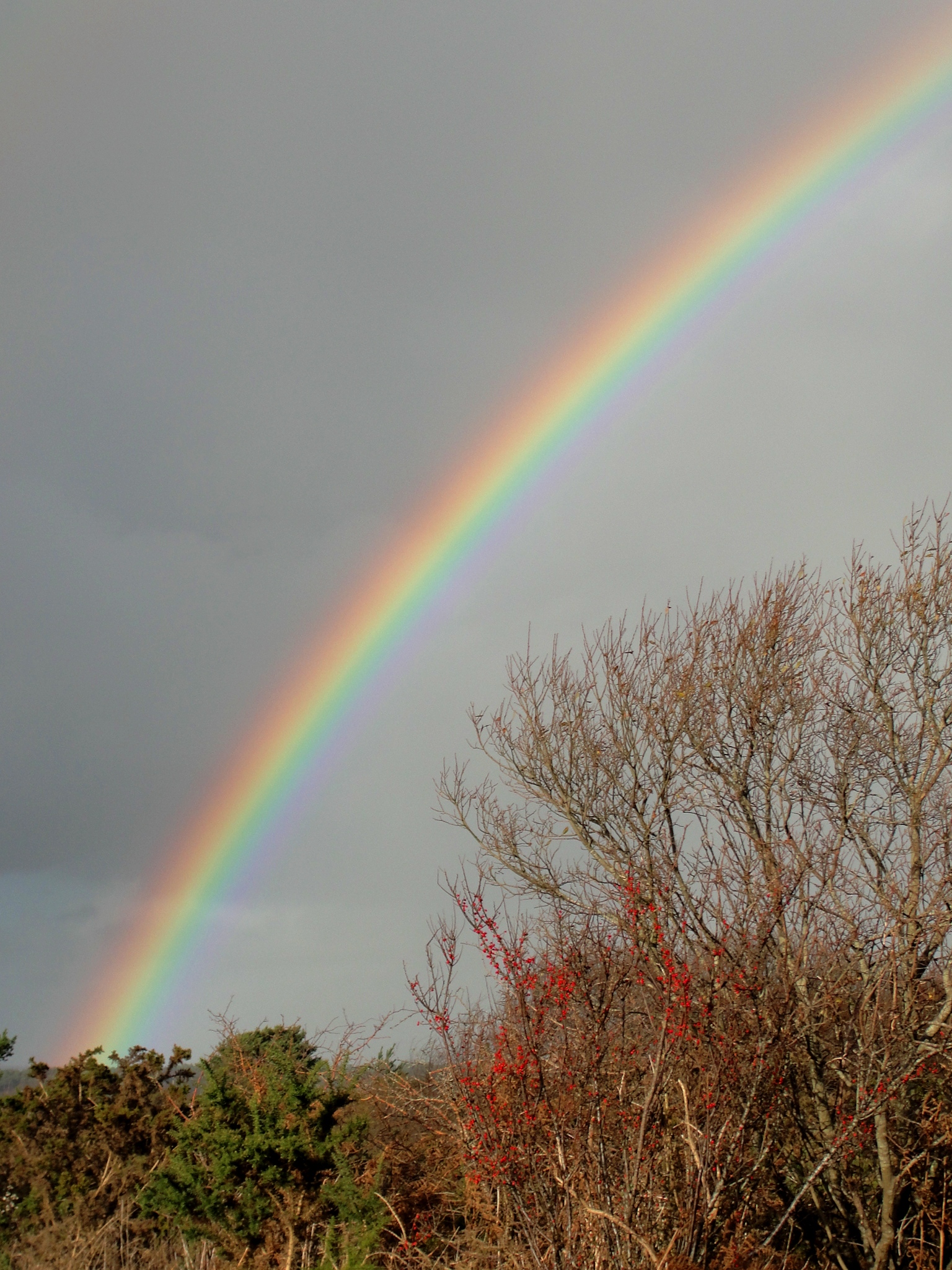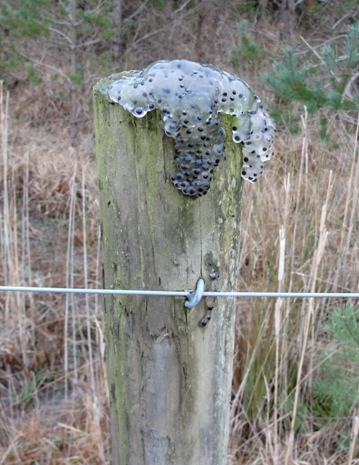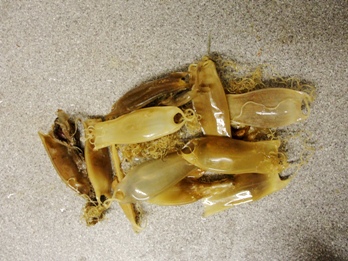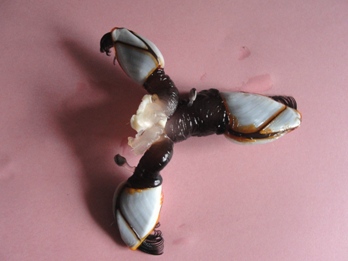This is the time of year when frogs spawn is found in waterways, but there is often problems in very wet weather and that is frogs laying their spawn in water that is to try up such as in open fields, roadside puddles and extended parts of their usual spawning ground that are usually not saturated.Much spawn is left high and dry when water levels drop rendering it useless unless it can find its way back into permanent water, or at least water that can remain until the later half of the summer season.Every year I rescue spawn that is high and dry and this year I found a clump of spawn four feet high off the ground on a fence post ! I do not think for one minute that a frog put it there as it could not have even got up onto the post top and the water level was not that high as it was on high ground. A person may have found it on the path and placed it on the post or a bird may have caught a frog and eaten it on the post, discarding the spawn.Crows, magpies ,Buzzards or tawny owls could be possibilities.
Sometimes jelly masses are found in places especially in open fields and there are a number of different names for the strange alien looking slime. I tend to believe that it is barren frogs spawn jelly without the right development including egg yolks,which are usually black.Some frogs may just produce the outer jelly in large amounts instead of spawn, or large females may over produce jelly and release it after they have spawned. This is just mere speculation here, but I have no other explanation for the phenomenon. It certainly is not fungi. This small amount was in a woodland near to where frogs spawn amongst grass and leaves.
I love rainbows and we have had plenty of them lately! so any excuse to take a photo of one, and I do,especially if it is bright with a nice foreground.
Beach combing is great fun and one can learn a lot about the creatures and plants that thrive around Britain’s coasts. The rough seas through up all nature of stuff including these commonly found dogfish egg cases.The little sharks wrap a single egg around anchored obstacles such as rocks or weed bases with very long tendrils that can be over a meter in length. All of the hundreds of cases I found on Southbourne beach had hatched.
Goose barnacles float about as they permanently fasten themselves to floating debris but can find themselves high and dry on beaches. These three are adult size but with tiny babies ones branching off from the stems.




